Isabella Stewart Gardner began collecting in 1878 after attending an art history talk by Charles Eliot Norton. At first, she collected rare books and manuscripts, but after traveling throughout Europe (and inheriting a million dollars), she moved toward collecting art. Today, the 13 works stolen from her museum alone are valued at $550 million and, more importantly, her museum fills visitors with wanderlust and amazement every day. Walking through the halls of the Isabella Stewart Gardner Museum, there is so much to take in that you actually miss most of it. Why pay attention to the marble antiquities strewn about the corridors when you could gaze at Sargent’s El Jaleo in the Spanish Cloister instead?
There is so much for the eye to behold, and the sheer number of spectacular objects is part of the museum experience. The museum is breathtaking for its portal-like abilities via themed rooms and Gardner’s mandate to keep the museum’s permanent collection exactly as it was before her death. It is an unparalleled aesthetic experience, a bath for the senses with so much to take in. There’s the art itself, the water trickling in the courtyard, the sunlight reflecting on each room’s rich wallpaper, and the windows open to fragrant flowers throughout the palazzo. As a result, gazing at her collected artworks is an emotional experience instead of a purely intellectual one. Through Gardner’s invisible hand in curating all aspects of the museum, the visitor gets to know her on a deeper level. They get a sense of what type of art Gardner was drawn to, her notions of artistic romanticism, her preferred self-portrayals and her public projections, her sense of humor (just look at the letters on display in the third-floor long gallery), and much, much more.

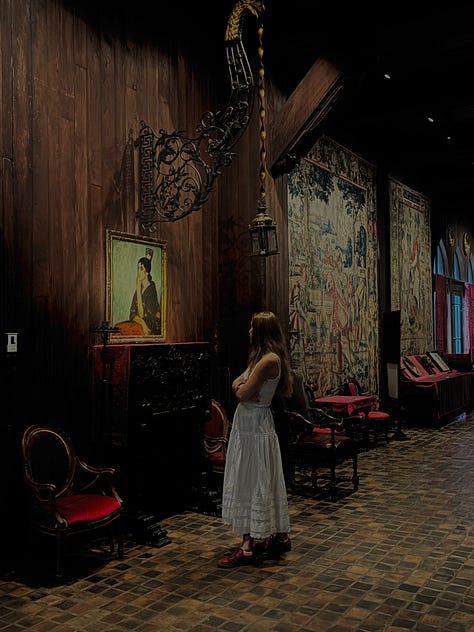
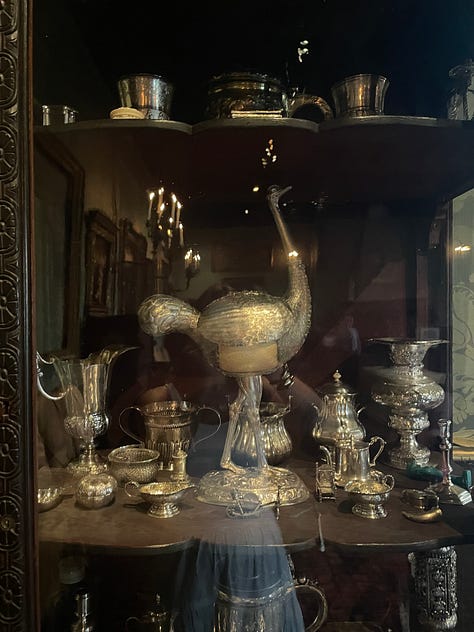
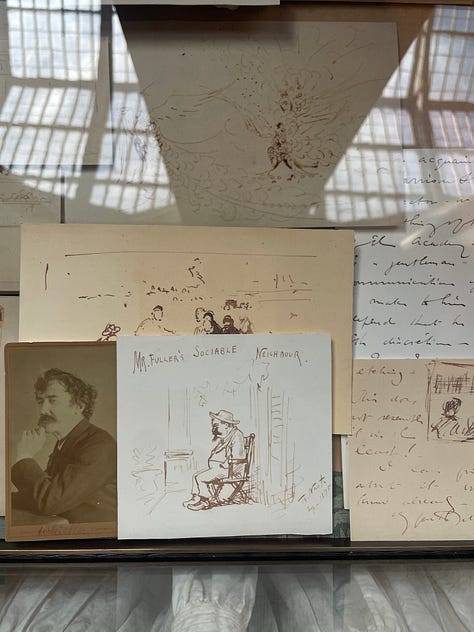
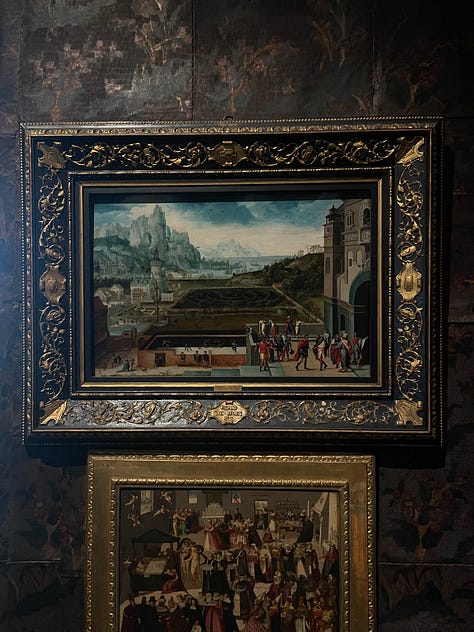
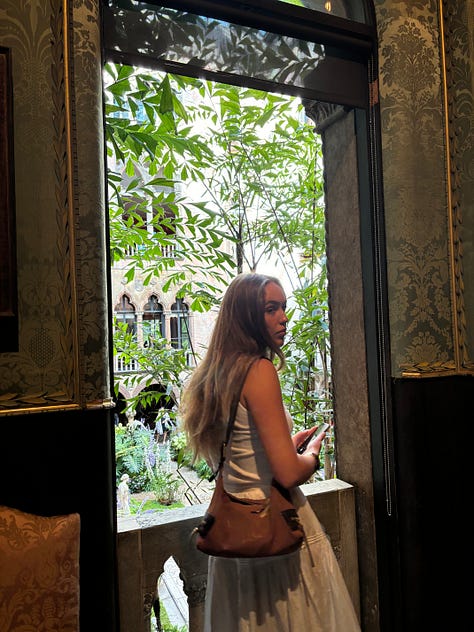
The museum is a living tribute to Gardner herself, and though some see the collection as a statement of opulence and wealth, I see it more as a statement of selfhood. Isabella Stewart Gardner was a great collector, and she had ample means to display her art objects. So be it. Good for her, and lucky for us to be able to experience her collection. I would argue, though, that one does not need to own a museum in order to call themselves a collector. There is great value, as Isabella Stewart Gardner well knew, in expressing oneself through art and objects. In fact, anyone can collect art.
While visiting the museum last week for the second time, my friend Elan pointed out a small portrait with the idea that it was something I would like, something he said I would probably like to own. I laughed and told him I wished I could have something like it. He responded, “And why not?”
We talked about a recent article he had read about art collection as a smart investment for young people, and I quickly disregarded everything the article said except for “art collection” and “for young people.” People often talk about building a nice collection of basics in their wardrobes, but how many young people do you know who collect art? Other than what I’ve read about Robert Kime trading antiques while still a student at Oxford (more on that here), I don’t know of any other students with the foresight to begin their art collections. Art collecting feels like something reserved for retirees or billionaires. But it’s not—whether you’re interested in working towards lining a cabinet with curiosities like Kime or filling a bookshelf with books that make you happy, you don’t have to have unlimited funds or an inexhaustible travel schedule to call yourself a collector. The key is simply to start collecting.
So how does one begin collecting? Establish a budget, stop into antique stores, galleries, and museums wherever you are, browse your options online, read about collectors you admire, and buy things that you are innately drawn to—things that speak to your understanding of beauty. If you are aiming to surround yourself with objects of joy and emotion, you really cannot go wrong.




